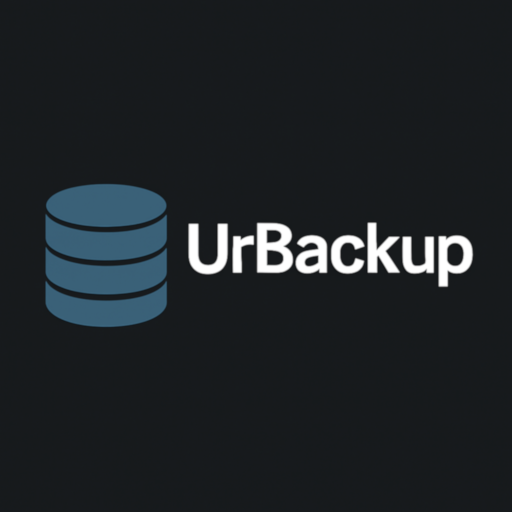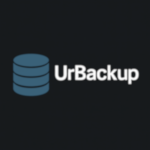UrBackup: Set-It-and-Forget-It Backup for Mixed Environments
Some backup systems want you to configure every byte. Others just get to work once installed. UrBackup leans toward the second kind — it’s designed to back up many machines, quietly and consistently, with as little daily interaction as possible.
You install the server once, deploy agents across clients (or use image boot), and let it handle snapshots, versioning, and deduplication. Files, full system images, compressed or raw — it’s all supported. And since everything’s self-hosted, you control where data goes.
What UrBackup Handles Best
| Feature | Why It’s Useful |
| Image + file backups | Supports full drive images and per-file incremental backups |
| Works on LAN or WAN | Clients can back up over local network or securely across the internet |
| Web-based UI | Centralized browser interface for setup, status, and restore |
| Deduplication & compression | Saves bandwidth and disk space, especially across similar machines |
| Auto-discovery | Detects new clients via broadcast — or you can configure manually |
| Multiplatform agents | Supports Windows, Linux, and experimental macOS |
| Bare-metal restore | Bootable ISO creation for full image recovery |
| Permissions aware | Can back up locked or in-use files using snapshot services (e.g., VSS on Win) |
System Overview and Requirements
– Server OS: Linux or Windows (runs as service or daemon)
– Client OS: Windows, Linux; macOS partially supported
– Storage format: Compressed image or file archive with dedup chunks
– Access: Web UI (default: http://localhost:55414)
– Disk space: Depends on dedup ratio, image retention, and backup frequency
– Security: HTTPS optional; client–server auth supported
UrBackup can run fully offline or expose the UI/agents to the web — but WAN setups should always use TLS and key-based pairing.
Quick Install (Example: Ubuntu Server)
- Install from PPA:
sudo add-apt-repository ppa:uroni/urbackup
sudo apt update
sudo apt install urbackup-server
- Start the service:
sudo systemctl start urbackup-server
- Open browser:
http://<your-ip>:55414
From there, configure backup paths, storage targets, and download client installers.
Where It Makes Sense
– Mixed-OS environments where both images and file backups are needed
– Labs, schools, or offices where you need to recover machines fast
– Teams who want centralized backups without cloud reliance
– Sites where full restore should take minutes, not hours
– Admins who want to control everything — location, schedule, retention — but from a GUI
Pros and Limitations
Strong sides:
– File and image backup in one system
– Easy to restore from — even over network
– Light system footprint for agents
– Works over WAN with proper configuration
– Fully open-source with no feature lockouts
What to consider:
– Linux agent doesn’t support image backup (yet)
– UI is functional but a bit clunky
– WAN backups require manual port and security setup
– Deduplication database can grow large
– Image backups consume more space without careful tuning
Final Thoughts
UrBackup isn’t fancy, but it works. If you’re looking for a solid, self-hosted backup tool that handles both files and full systems — across platforms — it deserves a spot on your shortlist. Set it up once, check the dashboard now and then, and know your data isn’t flying off to some cloud. It’s sitting where you told it to, versioned, deduplicated, and ready to restore when you need it.






